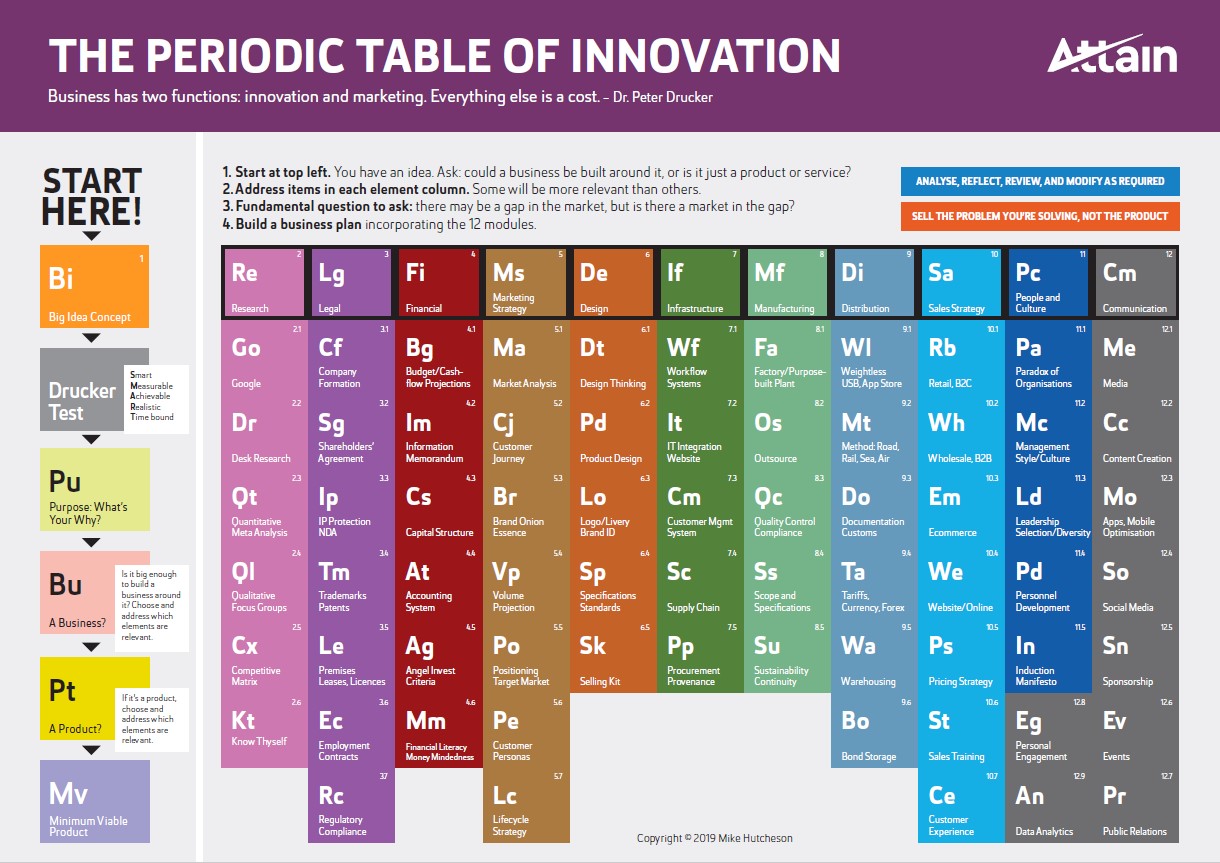One of the more insightful experiences of my life occurred when I was at Saatchi and Saatchi. It arose from pondering the mystery of why it’s so hard for creative people to sell ideas to non-creative people.
We tried to find some answers.
Rebecca Webster, a psychologist, was invited to come into the agency for a few days to watch how we behaved and perhaps explain to us why our clients didn’t immediately recognise our genius. Her view was that the disconnect arose from the way we, as ad people thought differently from our clients.
The upshot was that she put us through Myers-Briggs personality profiling. I’m oversimplifying, but in oversimple terms, Myers-Briggs classifies participants in quadrants, with there being 4 subsets in each quadrant. Essentially the left-hand side of the ledger identifies ‘Sensing’ people who prefer facts and certainty – they’re the boxes with ‘S’ in them. The right-hand side identifies ‘Intuitive’ people who prefer ideas and possibility. They’re the boxes with ‘N’ in them. All the senior team at Saatchi were found to be on the ‘N’, intuitive, side of the ledger.

% Distribution of Myers Briggs types in the population at large.
“There’s your problem,” explained Rebecca. It transpires only 24% of the population are ‘Ns” or intuitive. The other 76% are sensing, or non-intuitive.
This means that intuitive, advertising cultures are outnumbered 3 or 4 to 1 by corporate, sensing cultures who want certainties not maybes. They want proof that the agencies’ recommendations will work. While individuals in client companies may be intuitive their corporate cultures certainly aren’t. That’s the point of friction. Agencies are up against it because the clients have got all the money. How can creative people give confidence that their creative ideas will work?
That set me on the journey to explore the nuances of creativity in business.
I realised, as agencies, our default thinking was centred around communications solutions, when the real problems could lie anywhere on a range of business issues from Research, through Legal, Finance, Marketing, Manufacturing, Distribution, Infrastructure, Sales, to HR.
We weren’t looking broadly enough at our client’s needs. I’ve been involved in 9 start-ups and worked with dozens of businesses from oil companies to coffeeshops – and working from experience, came up with a procedure involving twelve steps that need to be taken to develop an enterprise idea, or get a business off the ground.
The long and short of it is that working with AUT, I researched a Master of Philosophy thesis and turned those 12 steps into the Periodic Table of Innovation.
This has become the centrepiece for a course at AUT called Practical Innovation and Entrepreneurship. (www.practicalinnovation.co.nz ) It is a 12-module, on-line, business building programme that provides aspiring entrepreneurs to a level of skill and knowledge. It is a business knowledge gateway giving a step-by-step method to validate and launch entrepreneurial ideas. The programme is designed for aspiring entrepreneurs of any age and from anywhere, who are looking to launch a new product or service or refresh an existing enterprise.
It is a methodology for bringing creative ideas to life and allows people to fulfil their creative potential.
The programme is now being picked up by universities in Asia, Africa and USA. I think it has international appeal because it is holistic rather than specialist
All too often creative ideas wither and die on the vine because there is no methodology for bringing them into being. That was my purpose in developing the Table into a course at AUT. I have been involved in nine start-ups in my life – and the 90 elements of the Table reflect the mistakes I’ve made on my journey. If by following the Practical Innovation programme others can avoid the pitfalls I have encountered, I’ll be a happy man.
There is a big gulf between a concept and its realisation and while there are plenty of courses and university programmes that teach some of the individual steps, having scoured the world we have found none like the 12 step Practical Innovation course that covers them all.
Following this programme is the best way I know of harnessing your creative potential.







